|
Preschool is seen and proclaimed by many as the most crucial and important teaching level for a student. It is their first contact with school. So, with that in mind, these are the years that kids absorb bases where they are going to utilise for the rest of their general education, learning process and even so, for the rest of their lives. Needless to say, the importance of discovering, following and putting into practice new trends is extremely high for the students' process as enrichment for teachers. This week was very positive to explore the main principles, features and benefits of the best preschool approaches. The new edition of the course “The best for preschool teachers” took place in Palermo from 5/03/2023 to 11/03/2023. We were presented by participants from some countries in Europe, with Anna, Cecilia and Miranda from Heby Kommun in Sweden. Daphne and Ilonka from OBS Azelo in the Netherlands. Marijke, Sharon, Mia and Ine from GBS De Zandloper in Belgium. And also, Katarzyna from Zespól Placówek Oświatowych w Rabie Niżnej in Poland. And participants coming from two different latvian schools: Maija, Kristine and Laura from preschool “Zilite”, Kristine and Alise from Veselavas preschool. 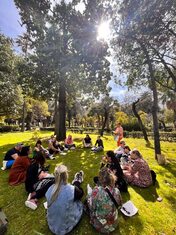 As we normally tend to do, we start the courses with activities to cut the first turf by giving the opportunity to the participants for sharing their expectations and contributions in this week. As also, we presented the Italian preschool model which opened a door for the members, by presenting a little bit of their work, which consisted in showing us her educational establishment, school schedule, their country model, the types of activities they do during the day, what and how they teach and some personal technical skills. We always think this is a perfect moment for all of us to explore wider and understand other preschool methods in Europe compared to the Italian model. On the second day, we presented the Montessori model. The best way to explain was by having this excellent opportunity to visit, experience a class day and acknowledge this successful group of schools in Italy (this particular one was Istituto Internazionale Maria Montessori, Palermo) that follow this model and maintain the name, of the italian educator, philosopher, child neuropsychiatrist and scientist, Maria Montessori, the one who created this method. These types of schools are distinguished by a method where the children receive the chance to have some freedom and autonomy to create, discover, experiment, learn spontaneously, in a way that they express their personality and desires. Everyone saw how happy, integrated and intuitive the kids were during the classes, which resulted in a very positive reaction by the participants and also gave a good exchange of ideas between all teachers. We really have to thank Istituto Internazionale Maria Montessori for receiving us so well! The day after this contact with Montessori, we turned back to some theory, principles and new concepts, to explore non-formal education. However, this preschool method is based a lot on practical tasks, which means, that the best way to understand and respect this process was by doing some activities and games. It was about time to do a second visit, although in this situation we went to Palma Nana Association where we saw the wonderful pratique of outdoor education. On this day we had a great time and made contact between big natural green spaces where the participants totally understood and felt how cheerful and fortunate the kids were with this teaching method. This morning was intended to give a reflection on how extremely important it is for a child's development to be in contact with nature, feel the authenticity of the real world and get out of some kind of bubble that is specially promoted by the new technologies and is getting bigger and bigger. In order to finalise our visits, we went to Istituto Libertà. This school is a completely different type of the other two, in different words, it was a classical Italian preschool. The aim of this visit was to give the participants the chance to compare all these three styles, more specifically the infrastructures, the students' behaviour and the teaching methods. Another week comes to end and it is time for the teachers to get back home and work with a luggage carried with some new tools, perspectives, memories and experiences.
Discover more about this course here. |
Welcome to the ELA Blog. Here you will find articles and photos of our courses and have a look at the topics addressed during the week in Bologna, Palermo and Tenerife. You will also have the chance to take a peek at our projects and check out what we have been up to.
Archives
July 2024
Categories |
-
Course catalogue
- 2023-2024 course catalogue
- Soft Skills >
- ICT and New Technologies >
- Inclusion and Diversity >
-
Innovative Teaching Methods
>
- Innovative teaching methods discovery
- Non-formal education teaching methods
- Dual education and work-based learning
- Teaching leadership and entrepreneurship
- Project based learning
- Game based learning and gamification
- Green skills
- Outdoor education
- Outdoor education trekking edition
- Promoting creativity and critical thinking
- Languages and EU projects >
- Preschool >
- Erasmus Plus KA1
- What we do
- About us
- Locations
- Blog
- Contact us
 English
English български
български Čeština
Čeština Español
Español Français
Français ελληνικά
ελληνικά Italiano
Italiano Polski
Polski Português
Português Română
Română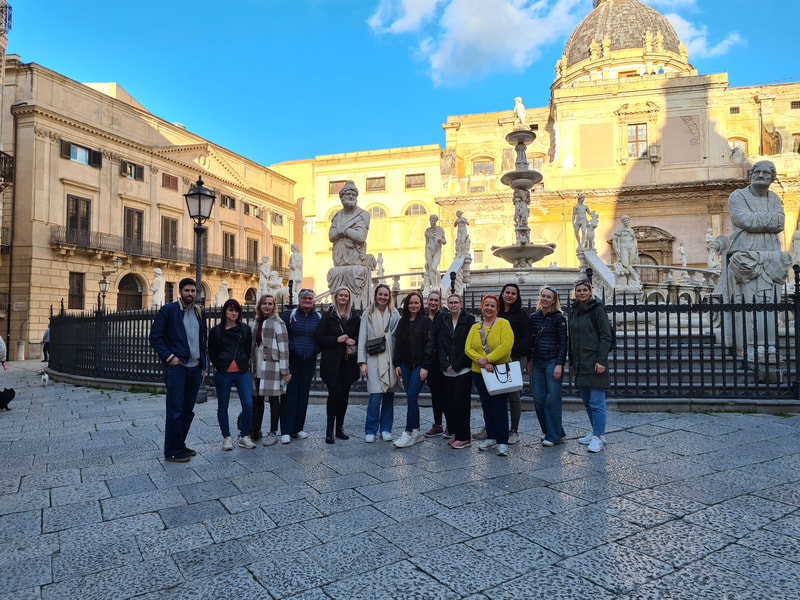
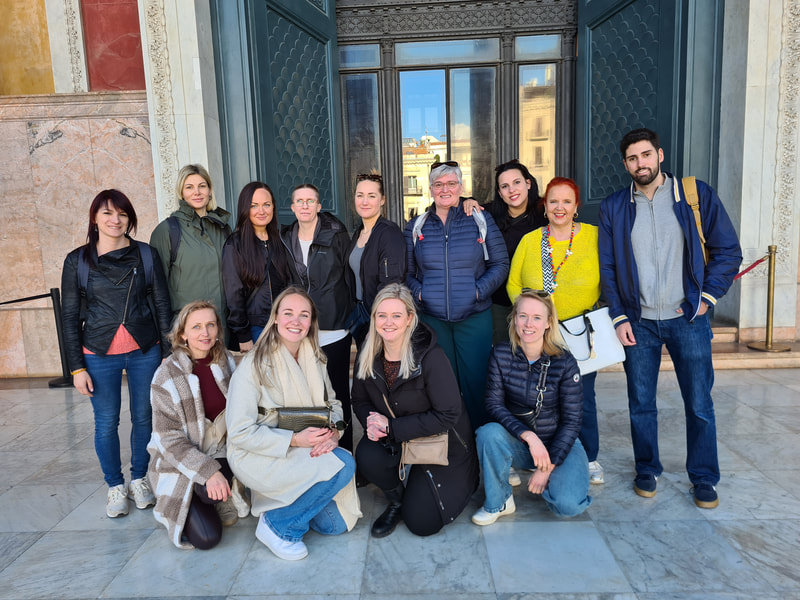
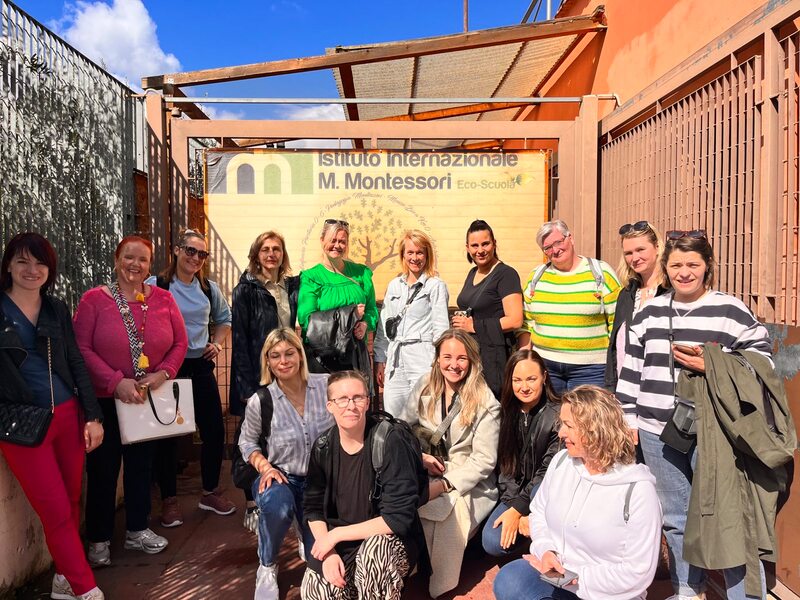
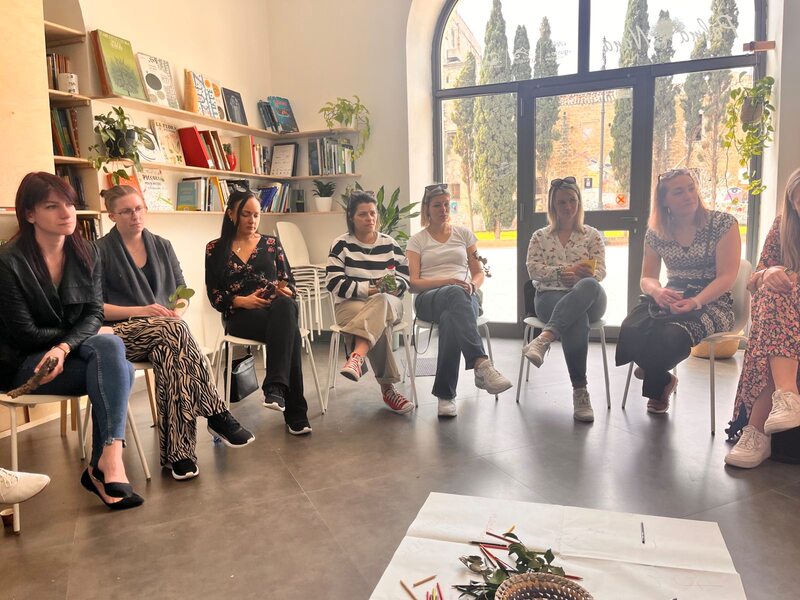

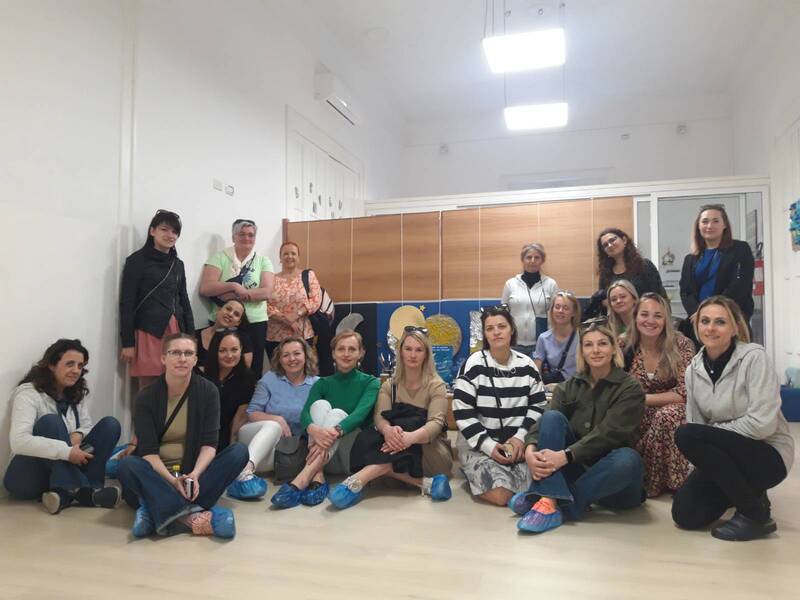
 RSS Feed
RSS Feed









